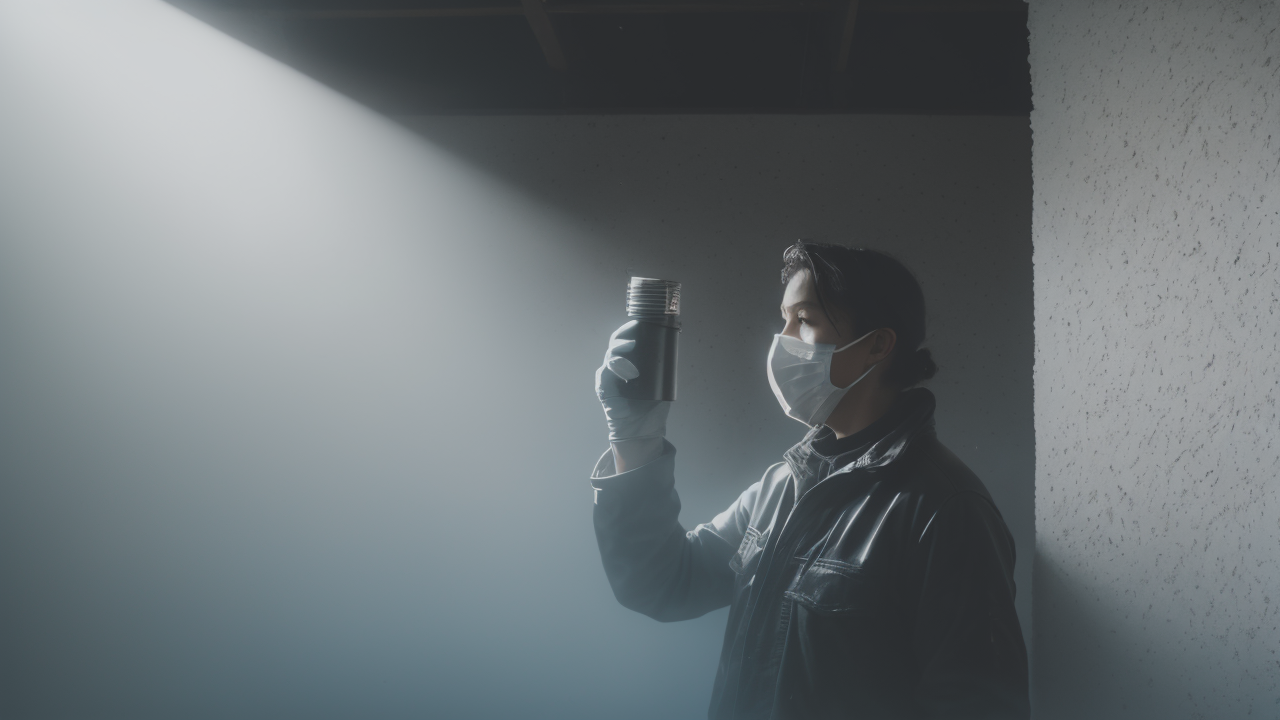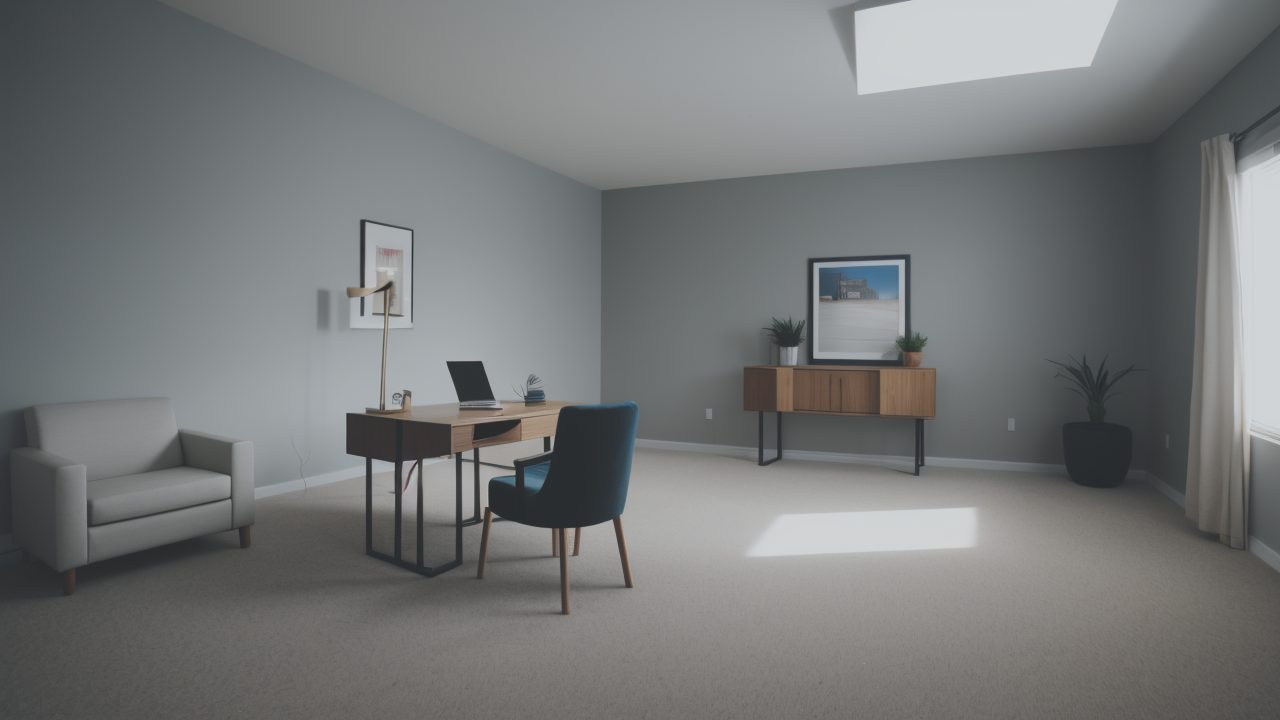
Elevating Minimalist Art: Expert Tips for Creating Depth with Plaster and Texture
Understanding the Fundamentals of Minimalist Art
The Essence of Minimalism in Visual Art
Minimalist art is all about simplicity and elegance. It strips away excess, focusing on essential forms. This style emerged in the 1960s as a reaction to abstract expressionism. Minimalist artists use basic shapes, colors, and materials. They create works that are clean, precise, and often geometric. The goal is to evoke a sense of calm and clarity. Minimalism challenges viewers to find meaning in simplicity. It asks us to appreciate the beauty of form without distraction. In minimalist art, every element serves a purpose. Nothing is superfluous or decorative. This approach creates powerful, thought-provoking pieces that resonate with many.

How Texture Can Enhance Minimalist Sculptures
Texture plays a crucial role in minimalist sculptures. It adds depth and interest without compromising simplicity. Subtle textures can create visual intrigue. They invite closer inspection and tactile exploration. Rough surfaces contrast with smooth ones, creating dynamic tension. Textures can also evoke emotions or memories. For example, a grainy finish might remind viewers of sand or stone. Patterns in texture can guide the eye across a sculpture. They can emphasize certain areas or create rhythm. Skilled artists use texture to enhance the overall impact of their work. It's a way to add complexity within the constraints of minimalism. Texture can transform a simple shape into a compelling artwork.
The Role of Plaster in Contemporary Art
Plaster has become a favorite medium in contemporary art, especially for minimalist pieces. It's versatile, allowing artists to create smooth or textured surfaces. Plaster can be molded, carved, or built up in layers. This flexibility suits the minimalist aesthetic perfectly. Artists appreciate plaster for its pure white color. It provides a blank canvas for exploring form and texture. Plaster sculptures can be left raw or painted. They often have a timeless, ethereal quality. In minimalist art, plaster's simplicity is its strength. It doesn't distract from the essential form of the artwork. Plaster also allows for experimentation and happy accidents. These can lead to unique textures and finishes.
Mastering the Art of Plaster Applications
Selecting the Right Plaster for Minimalist Art
Choosing the right plaster is crucial for creating minimalist art. There are several types to consider. Gypsum plaster is popular for its smooth finish and quick setting time. Lime plaster offers a more traditional look and feel. It's great for textured surfaces. Cement-based plasters are durable and suitable for outdoor sculptures. Each type has its own working properties and final appearance. Artists should experiment to find what works best for their vision. The grain size of the plaster affects the final texture. Finer grains create smoother surfaces, while coarser ones add roughness. Some plasters can be mixed with additives for unique effects. These might include fibers for strength or pigments for color.

Advanced Techniques for Applying Plaster Texture
Creating texture in plaster requires skill and creativity. One technique is to use tools to mark wet plaster. This can create patterns or random textures. Combs, brushes, or even found objects work well. Another method is layering. Apply thin layers of plaster, allowing each to partially dry. This creates depth and interesting surface variations. Some artists press objects into wet plaster to create impressions. Sanding or carving dry plaster can also produce unique textures. Experiment with different consistencies of plaster mix. Thicker mixes hold texture better, while thinner ones flow more. Combining smooth and textured areas creates contrast. This adds visual interest to minimalist pieces.
Safety Measures and Best Practices for Plaster Usage
Working with plaster requires proper safety precautions. Always wear a dust mask when mixing dry plaster. This prevents inhalation of harmful particles. Gloves protect your skin from irritation and drying. Work in a well-ventilated area to avoid breathing in dust. Keep your workspace clean to prevent slip hazards. Plaster can be messy! Use drop cloths to protect surfaces. When mixing plaster, add it to water slowly to avoid lumps. Follow manufacturer's instructions for proper ratios. Clean tools immediately after use. Hardened plaster is difficult to remove. Store plaster in a dry place to prevent moisture absorption. With proper care, plaster is a safe and versatile medium for artists.
Integrating Minimalist Art into Interior Design
Creating an Effective Display for Minimalist Sculptures
Displaying minimalist sculptures requires thoughtful consideration. The goal is to highlight the artwork without overwhelming it. Choose a neutral background to let the sculpture stand out. White walls are classic, but soft grays or beiges work too. Lighting is crucial. Use spotlights to create subtle shadows and depth. This enhances the sculpture's texture and form. Consider the sculpture's placement carefully. It should have enough space around it to be appreciated. Pedestals can elevate smaller pieces and draw attention. For wall-mounted sculptures, ensure proper hanging hardware. Group similar pieces together for a cohesive look. Don't overcrowd the space. Remember, in minimalism, less is often more.

Matching Minimalist Art with Modern Furniture
Minimalist art pairs beautifully with modern furniture. Both share a focus on clean lines and simplicity. Choose furniture that complements, not competes with, the artwork. Neutral colors work well, creating a calm backdrop. Avoid busy patterns or ornate designs. Sleek, low-profile sofas and chairs are ideal. They won't overpower minimalist sculptures. Glass or metal coffee tables add a modern touch without visual bulk. Consider the scale of your furniture and art. Large sculptures need space to breathe. Smaller pieces can be grouped on shelves or tables. Use negative space effectively. Empty areas help emphasize the beauty of minimalist art. The goal is a balanced, harmonious environment.
The Impact of Minimalist Art on Home and Office Aesthetics
Minimalist art can transform the atmosphere of any space. In homes, it creates a sense of calm and order. It reduces visual clutter, making rooms feel more spacious. Minimalist sculptures serve as focal points, drawing the eye. They can spark conversations and contemplation. In offices, minimalist art promotes focus and clarity. It creates a professional, uncluttered environment. This can boost productivity and reduce stress. Minimalist pieces often have a timeless quality. They won't go out of style quickly. This makes them a good investment for both homes and offices. The simplicity of minimalist art allows it to adapt to various decor styles. It can soften a very modern space or add edge to a traditional one.


